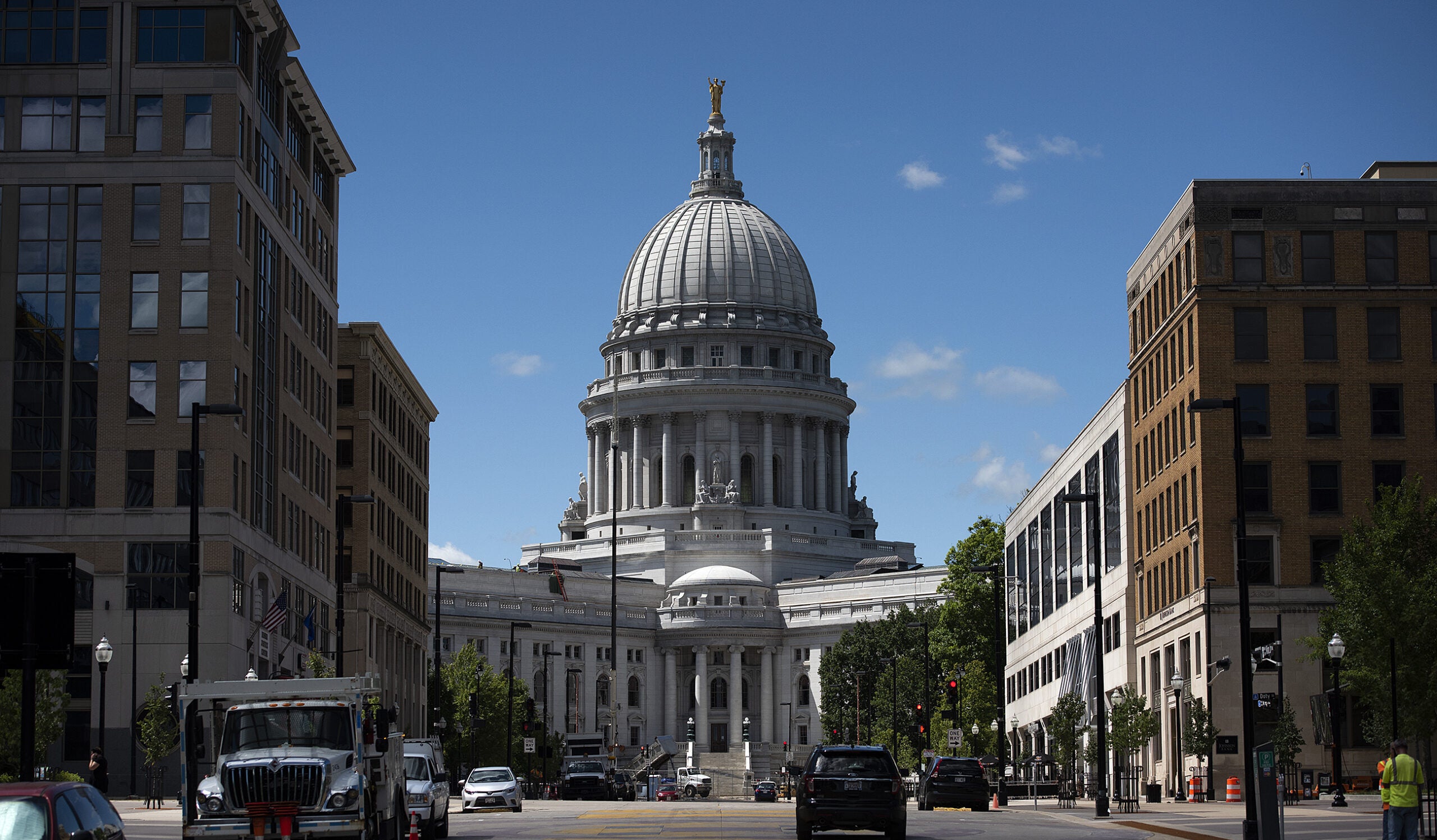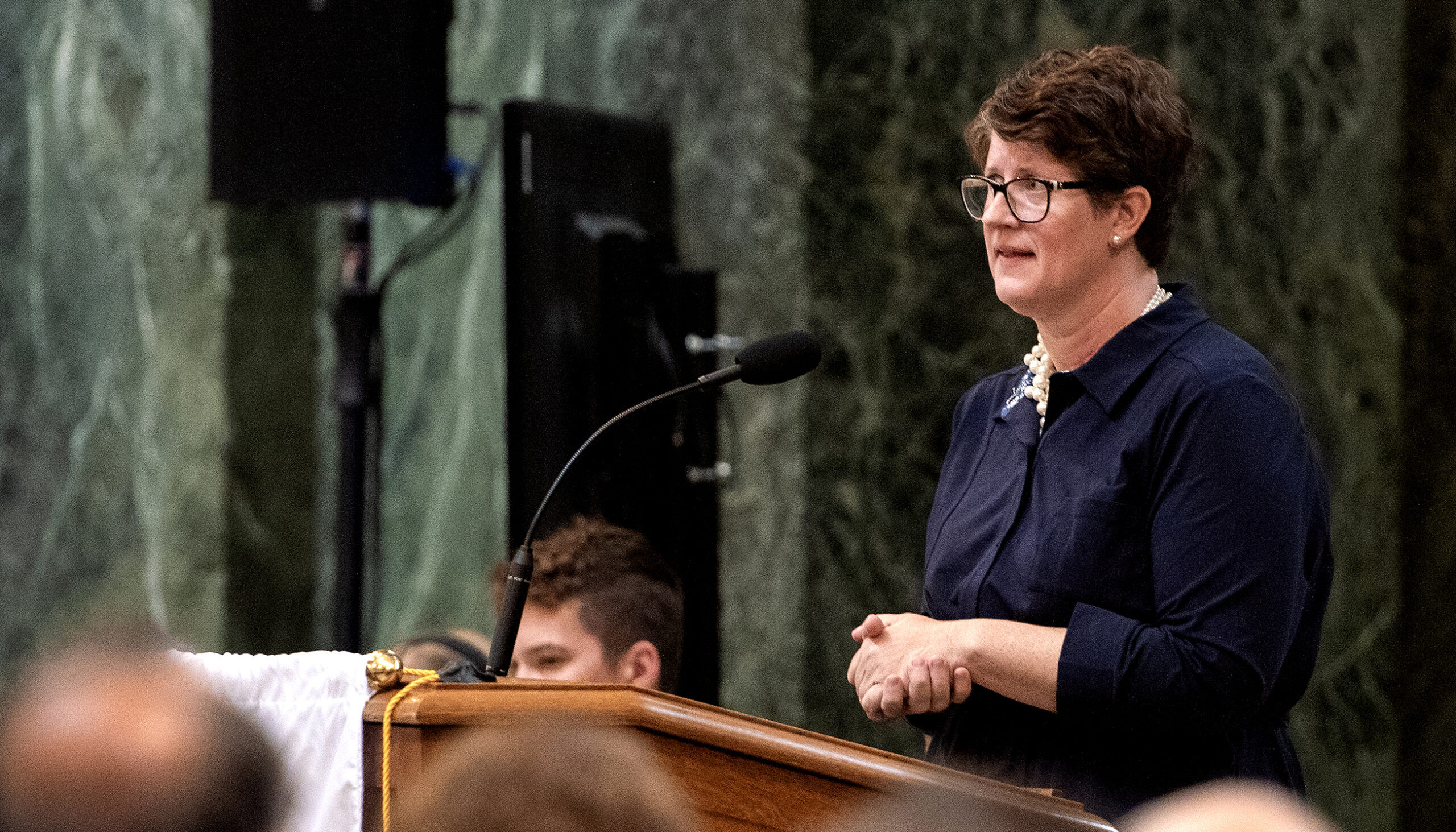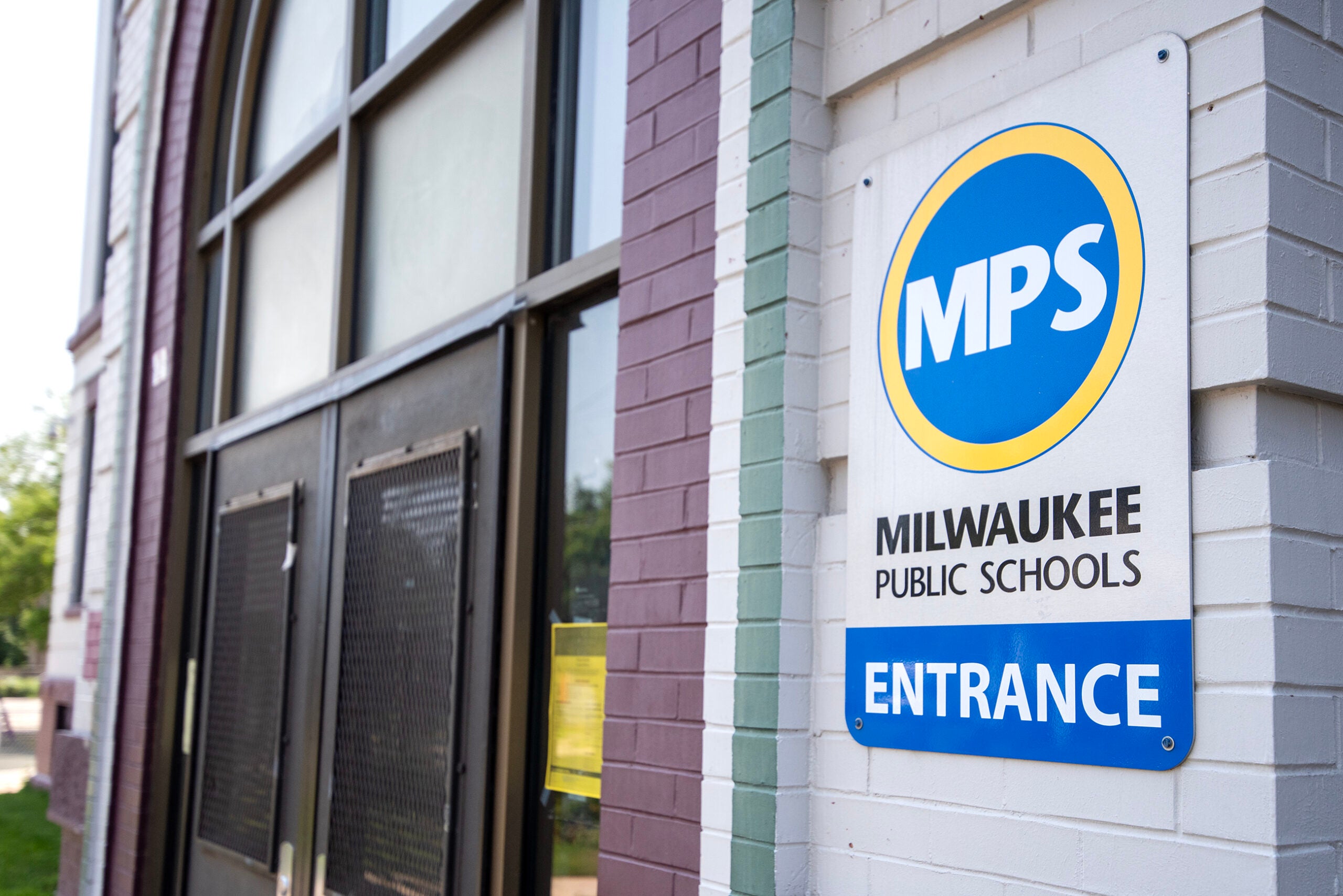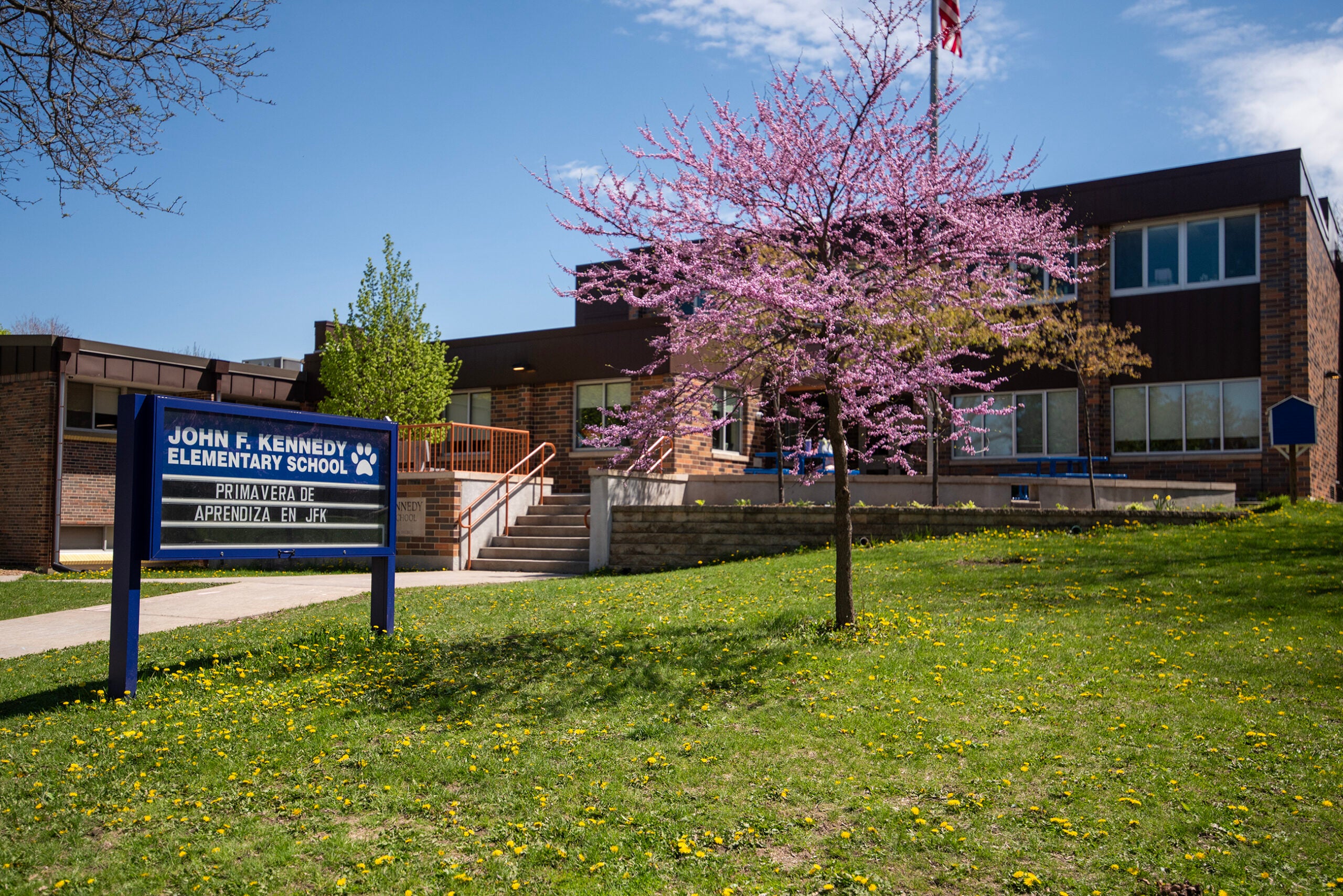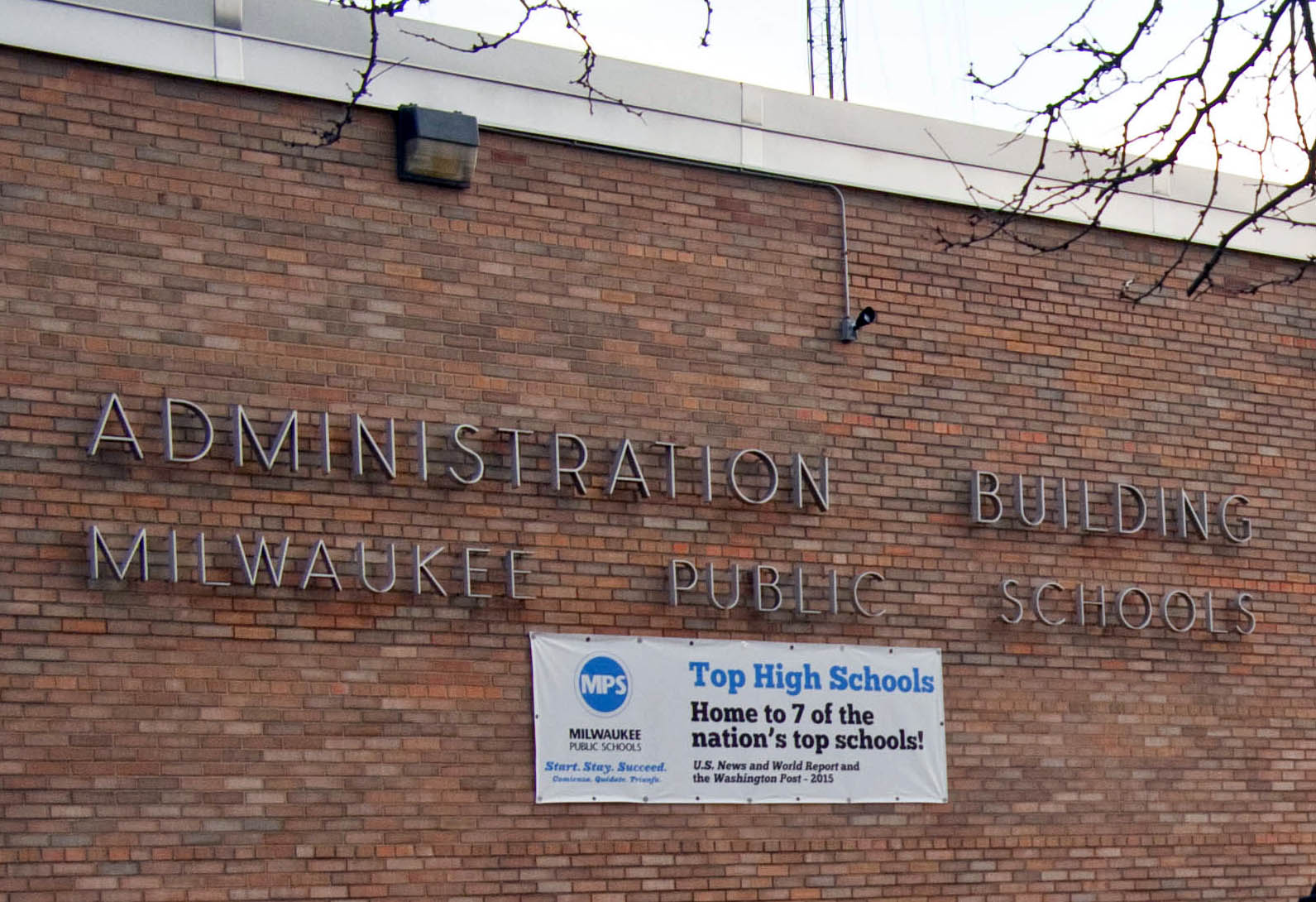Wisconsin’s private schools are receiving more taxpayer funds than ever before, but a coalition of groups is objecting to that public money being included in an online dashboard about school district finances.
Last week, the Republican-controlled Joint Finance Committee rejected a proposal by the state Department of Public Instruction to include private schools in the dashboard during its 14-day passive review process.
A GOP bill signed by Gov. Tony Evers in 2021 created an 11-member advisory committee and called for a “financial information portal.” The dashboard is designed to give taxpayers easy access to financial information about individual school and school district spending. It must include the total amount of local, state and federal funding received; cost per pupil; and how funds are distributed.
News with a little more humanity
WPR’s “Wisconsin Today” newsletter keeps you connected to the state you love without feeling overwhelmed. No paywall. No agenda. No corporate filter.
During the 2022-23 school year, private school choice programs received $444 million in taxpayer money according to state data.
But the Wisconsin Coalition for Education Freedom sent a letter to Joint Finance Committee members on Aug. 21 objecting to the private school spending being included. The letter stated the DPI process for creating the dashboard has been “shrouded in secrecy, delayed, and expanded into areas not included in the legislation.”
The group said DPI is attempting to “make law,” violating democratic principles.
“The DPI recommendations extend far beyond the scope and legislative intent of 2021 Wisconsin Act 89,” the letter says. “DPI’s recommendation to ‘… make explicit the non-district expenses incurred by districts (areas where funding is diverted — regardless of funding source — to pay for non-public school costs)’ is one example.”
The coalition includes School Choice Wisconsin, the Wisconsin Institute for Law & Liberty and Wisconsin Manufacturers & Commerce.
Michael Ford is an associate professor of Public Administration at the University of Wisconsin-Oshkosh and was appointed to the DPI advisory committee in 2021. The group’s last meeting was Jan. 23, 2023.
Years ago, he worked for School Choice Wisconsin.
Ford said over the course of about a half dozen meetings, the advisory committee had many discussions about wanting the financial dashboard to clear up confusion about how vouchers are funded by the state.
“I’d be curious to know why anyone would find that controversial,” Ford said. “A portion of school choice funding is tied to aid reductions that are offset by increases in the local property tax levy. That’s just the way the policy is designed.”
Ford said if people want to argue about how schools are funded, that’s a different topic that should be discussed later.
“There is always going to be some confusion, so any step we can to make it as simple and transparent as possible we should be taking,” Ford said. “I would like us to be focused on what schools are working and what schools aren’t working and how we can make sure we normalize school choice programs into the fabric of our education system, as opposed to having these peripheral battles that are not attached to educating students.”
The objection to providing information about private school finances comes after the state budget included the largest financial expansion to private school choice in the program’s history.
Funding for kindergarten through eighth grade private choice schools increased from about $8,400 per student to $9,500 per student. Funding for private choice high schools went from $9,045 to $12,000 per student. Last school year, about 86,000 students received vouchers.
Chris Bucher, a spokesperson for DPI, said the committee considered the questions outlined by the 2021 bill in both statutory and non-statutory language to determine what should be included in the dashboard.
“It is rather ironic that a dashboard designed to create financial transparency be criticized for being too transparent about how school finance is operating,” Bucher said.
Joint Finance Committee co-chair Rep. Mark Born, R-Beaver Dam, said the committee would be discussing the finance dashboard with DPI “in coming weeks.”
“Certainly all of those things are already public information, so there is nothing stopping any school now from publishing that information in any way,” Born said when asked during a press conference Tuesday. “It is all currently available.”
Editor’s note: WPR’s Sarah Lehr contributed to this report.
Wisconsin Public Radio, © Copyright 2026, Board of Regents of the University of Wisconsin System and Wisconsin Educational Communications Board.
